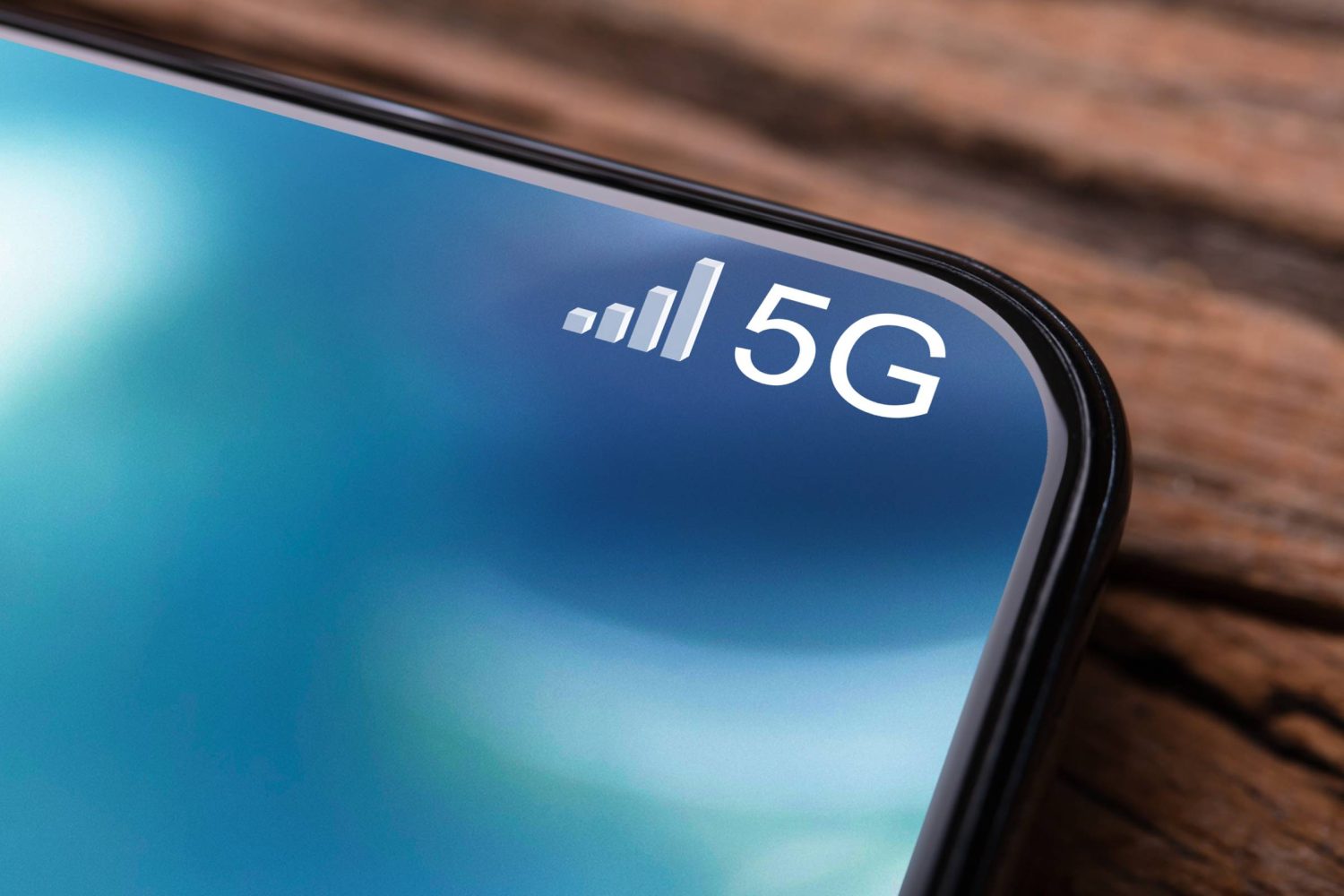Now Reading: What happened when scientists blasted human cells with 5G?
-
01
What happened when scientists blasted human cells with 5G?
What happened when scientists blasted human cells with 5G?

For years, questions about whether 5G is safe or not have circulated, especially during the pandemic when conspiracy theories tied the technology to everything from health problems to global infections. Now, new research aims to lay that debate to rest.
A team at Constructor University investigated the claim by exposing two types of human skin cells to 5G electromagnetic fields. These cells were blasted with frequencies of 27 and 40.5 GHz, which are higher than what current commercial networks use. The researchers used levels well above safety guidelines to simulate worst-case scenarios.
After 48 hours of exposure, the researchers claim they found no significant changes in how the cells functioned. Gene expression and DNA methylation, which are key indicators of cellular health and stability, remained unaffected. Proving that overall 5G is safe for humans to use.
The study also addressed concerns about heat-related damage. High-intensity radio frequencies can cause tissues to warm up, but the researchers argue that the effect depends entirely on the intensity and duration of exposure. To rule out this concern, the team kept the tests temperature-controlled. That allowed them to confirm that no harmful effects were occurring outside of heating up the cells.
Tech. Entertainment. Science. Your inbox.
Sign up for the most interesting tech & entertainment news out there.
By signing up, I agree to the Terms of Use and have reviewed the Privacy Notice.
Under real-world conditions, 5G signals do not harm human skin cells. This directly challenges earlier studies that raised concerns without clear controls or transparent methods. Of course, this isn’t likely to change everyone’s minds about how safe 5G is or isn’t.
However, this study is part of a growing body of evidence showing that 5G does not pose a biological threat and that they are completely safe to use, though 5G’s security is still under question. The real concern, the researchers suggest, might not be invisible waves but the amount of time we spend staring at our screens.






















